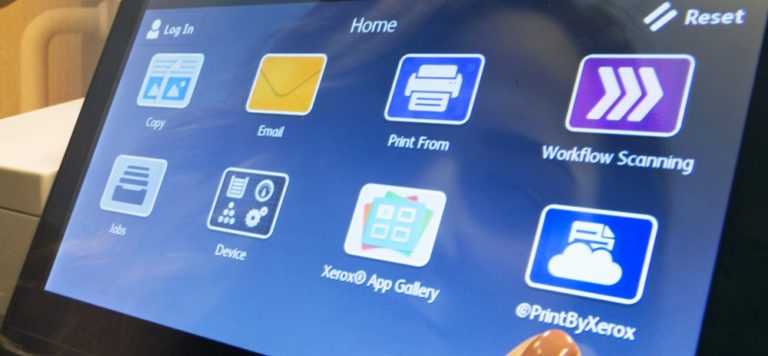By Giovanna Fabiano
In the heyday of air travel, loyalty was rewarded with better service and fancy upgrades. Today, most brands have adopted their own programs, but are they effective?
American Airlines pioneered loyalty rewards programs in the early 1980s, allowing members to earn frequent flier miles or trade them in for upgrades, vacation packages and car rentals.
For decades, the programs were largely limited to airlines, but with the rapid growth of digital communication, they’ve become a staple at most companies.
“The advent of computers made loyalty programs more useful, and the ability to reach out and communicate with customers through the Internet facilitated the process,” said Joe Adriano, manager of Marketing & Strategy for Xerox Supplies Business Group.

These days, loyalty programs are ubiquitous. The average customer belongs to about seven vendor programs and is active in at least three of them, Adriano said.
Fierce Competition, Creative Incentives
When you break it down by family, the average American household belongs to 22 loyalty programs and actively participates in 10, according to Colloquy, a firm specializing in loyalty marketing.
Companies have become more creative with their incentives, as well. There are point systems, annual paid memberships, which offer free shipping or faster delivery options (Amazon Prime, etc.) and subscriptions to “flash” sale sites (Gilt, Zulily, One Kings Lane, etc.) — typically offered by high-end brands for a limited number of items on a first-come, first-serve basis.
Competition is fierce, and some argue the sheer number of programs has weakened their effect.
Still, the growth of these types of programs is largely customer-driven, said Chip Bell, a customer loyalty expert.
“In the end, customers are still looking for an emotional connection, so the value is in the service, but there’s also the sense that this company is offering it, so why aren’t you?” Bell said.
“There’s a sense of urgency driving everything … Amazon and Zappos are building distribution centers so you can place your order in the morning and get your delivery that day, and customers have come to expect that.”
The Xerox Experience: Closer to the Customer
But for large, multi-national corporations such as Xerox, loyalty programs are rare, particularly in the document management/printing sector, Adriano said.
The company recently launched its own program in April 2013, after a 3-month-long pilot program. While still in its inception, Adriano said he’s already seen tremendous momentum and hopes to eventually secure subscriptions from 30 to 40 percent of the company’s customer base.
“Printing and imaging has become largely commoditized and there’s a lot of competition,” Adriano said.
For Xerox, the benefits of the loyalty program are two-fold: It allows the company to establish a direct relationship with the customer, and it helps protect its franchise.
Since much of the equipment is sold through resellers, small businesses and online stores, it’s difficult for Xerox to have a direct relationship with the customer — except through a rewards program.
It also ensures the customers are buying genuine Xerox products.
“There was a time, if you bought a Xerox or a Canon, you bought the equipment and supplies from the OEM (original equipment manufacturer), but now, customers have a lot of alternatives and can buy third-party supplies, which can harm the equipment,” he said.
The program asks customers — individual or businesses — to register their eligible Xerox equipment (an authentic security label is required) and redeem points that vary from downloadable music and movie tickets to vacations.
“We wanted this program to be attractive to a person who has a single printer and to a business that is spending $150,000 a year on supplies,” Adriano said.
The next steps for the program include incentives for vendors to earn extra points by watching a brief video about Xerox and answering questions about the products. The intended result? The customers become more knowledgeable and in turn, are more loyal to the brand, Adriano said.
Farming, Not Hunting
But loyalty experts warn that much of the criticism about rewards programs is that they’re launched and quickly forgotten about by management.
The programs require nurturing and maintenance, and most companies won’t see results right away.
“Loyalty is more like farming than hunting,” said Adriano.
“You don’t get out your bow and arrow and expect to have dinner at the end of the day. You’re planting a tree, watering it and caring for it and years later, it gives you fruit. Once you get fruit, you can pretty much depend on it for as long as that tree is alive.”
(This article was published on Real Business, a website from Xerox that provides ideas and information for decision-makers in business and government.)



